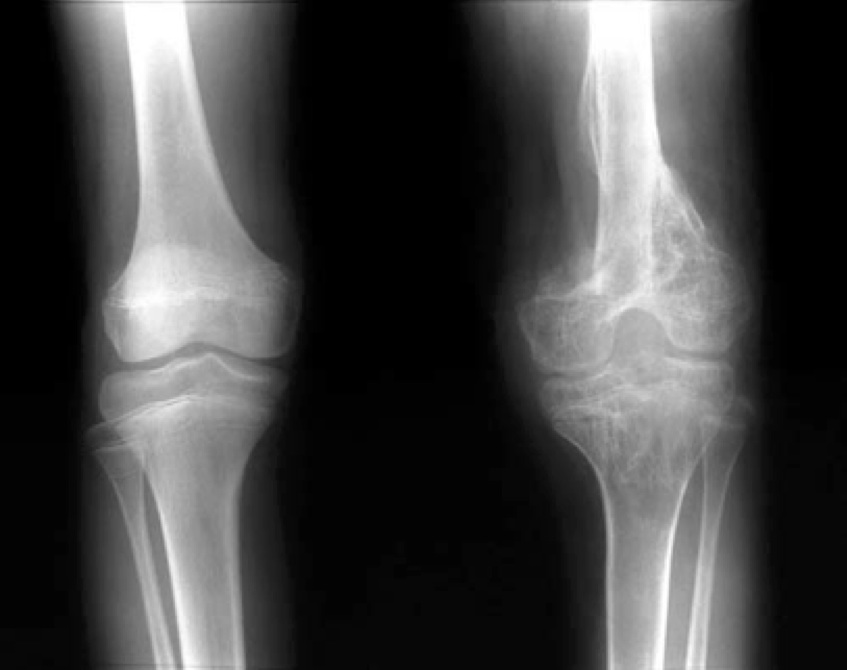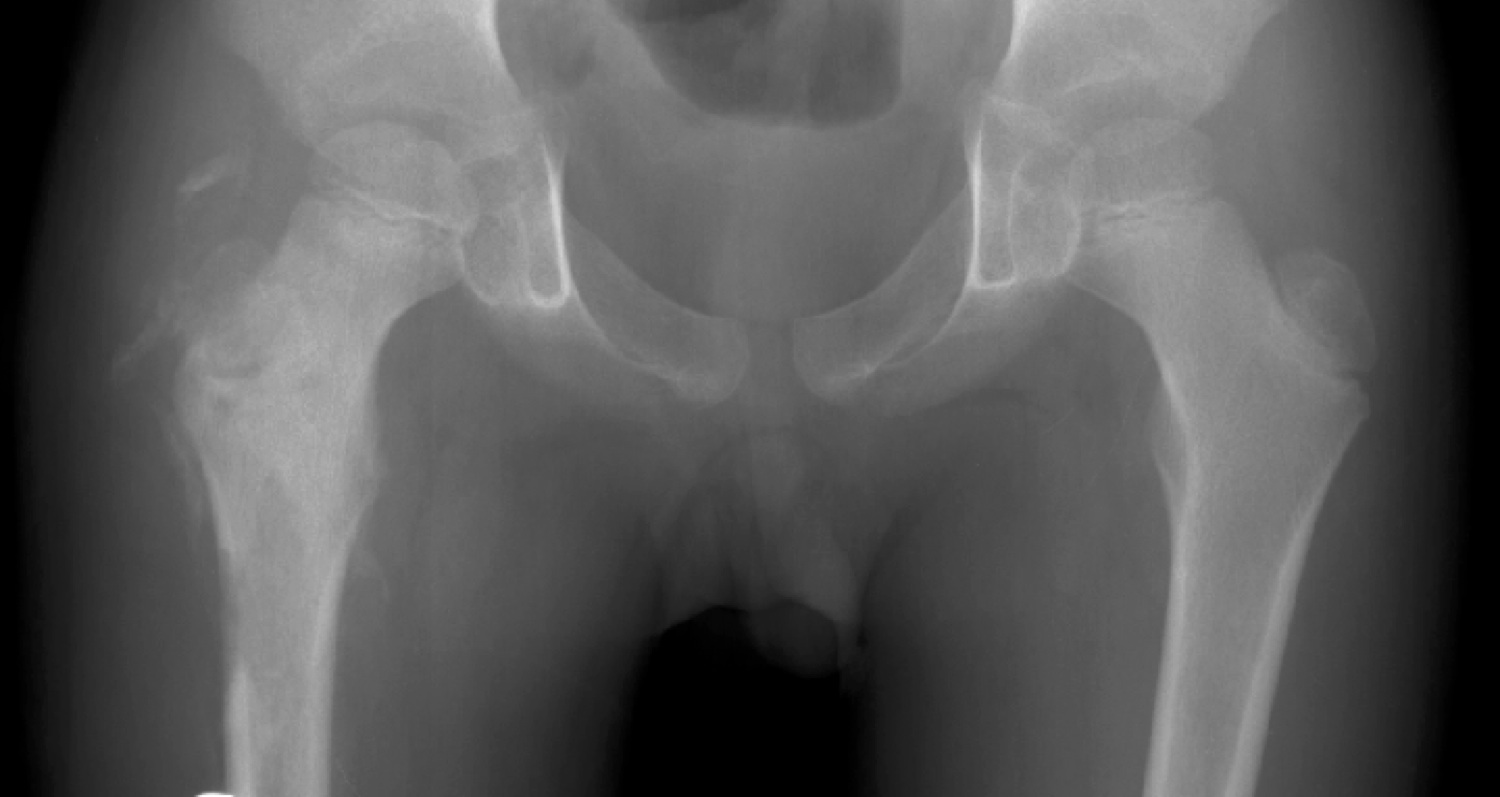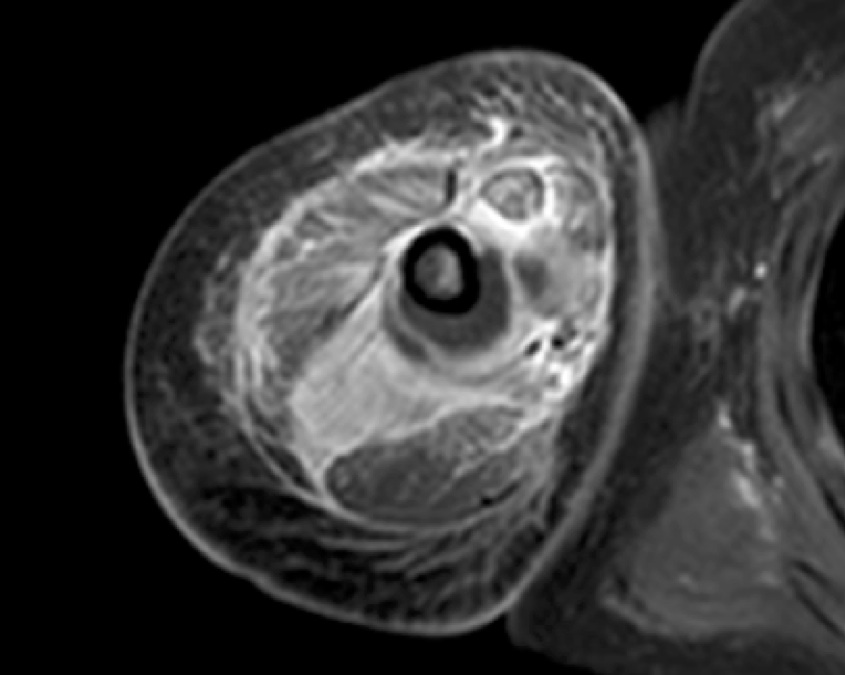Description
Infection in the bones, joints, or muscles may occur at any age. Infections can spread quickly through a young child’s blood and bones.
Definitions:
Abscess - a collection of pus. This can occur in the skin, soft tissue, muscle, or even bones.
Osteomyelitis – infection of the bone caused by bacteria
Myositis– infection of the muscle caused by bacteria
Pyomyositis – myositis that also has an abscess in the muscle.
Septic arthritis – infection of the joint caused by bacteria.
Antibiotics – medicine that fights infection
Symptoms
Pain, swelling, fever, not being able move the arm or leg, or being unable to put weight on a leg are all possible signs of infection. These signs are worrying when there has not been a recent accident or fall. You should bring your child to a doctor if he or she has these signs. Some patients may have been sick recently with a cold, sore throat, or chest infection.
Examination
The doctor will carefully look at the areas around the painful arm or leg as well as touch those areas to see what hurts. He or she may also try to gently move the joints. He or she will also take vital signs such as checking your child’s temperature.
Other Tests
Laboratory tests:
Your doctor will order blood tests if he or she is worried about infection. This helps to diagnose an infection. Repeating the lab tests during treatment also helps the doctor know how your child’s body is responding to treatment.
X-rays:
Many times, early in the infection, the x-rays will be normal. If the infection is not treated, there will be changes in the bone that your doctor can see.

X-ray of a normal knee (on the left) and a knee that has a long term untreated infection (on the right).

X-ray of an infected hip on the right. There is new bone forming in reaction to the infection, and there are areas where the bone has been eaten away by the infection.
Ultrasound:
If septic arthritis is suspected, an ultrasound can show if there is fluid in the joint. The ultrasound may also look at the other side to compare. This test is easy to do and can be done with young children awake.
MRI:
MRI is very good at showing infection, inflammation, or areas of pus that need to be surgically drained. However, your child must lie completely still; so many young children need to be asleep to get an MRI.

MRI showing pus and inflammation around an arm bone
Bone scan:
A bone scan is used if there are multiple areas in the body that may have an infection. It is also useful if your child has an infection, but your doctor is not sure where the infection is.
Treatment
Antibiotics are the main treatment for infection. Surgery may be needed to remove infected material, especially if an abscess is seen. If there is septic arthritis, surgery usually will be needed to wash bacteria out the joint. In some cases, septic arthritis may be treated by using a needle to draw the infected fluid out of the joint. This may need to be repeated several times. Getting fluid or bone samples in surgery is also helpful to send to the lab to find the type of bacteria causing the infection. This helps to select the correct antibiotic. In very severe infections, the child may need surgery more than once to fully get rid of any infection.
Bone infections are often treated with antibiotics for 4 to 6 weeks. Joint and muscle infections are often treated for 3 weeks. Once the infection is controlled in the hospital, most patients can receive treatment at home with antibiotics by mouth.
Outcomes
Most patients with bone and joint infections do very well and do not have long term problems once the infection has been treated. In very rare cases, more surgery may be needed to rebuild the bone if the infection was very severe.
More Information

 POSNA.org
POSNA.org


